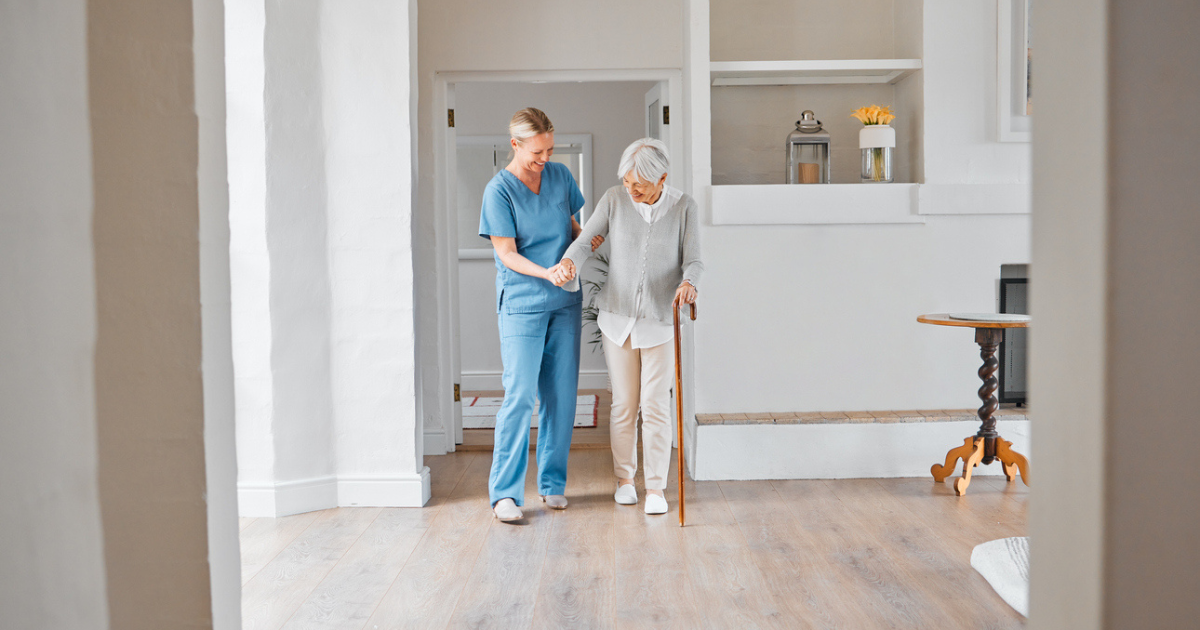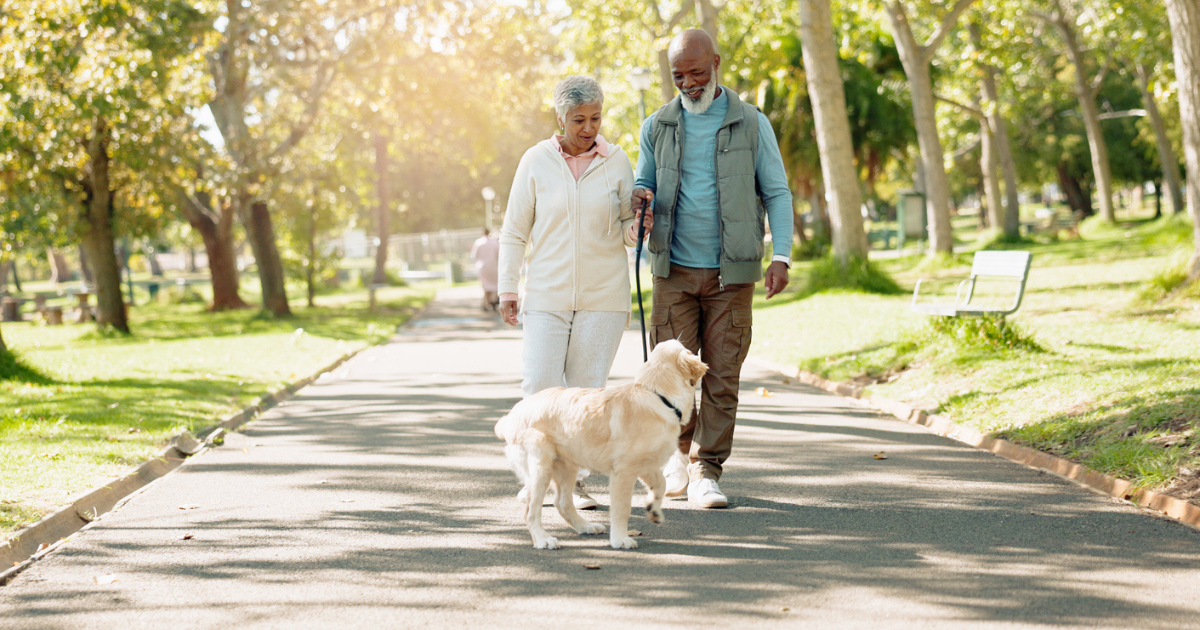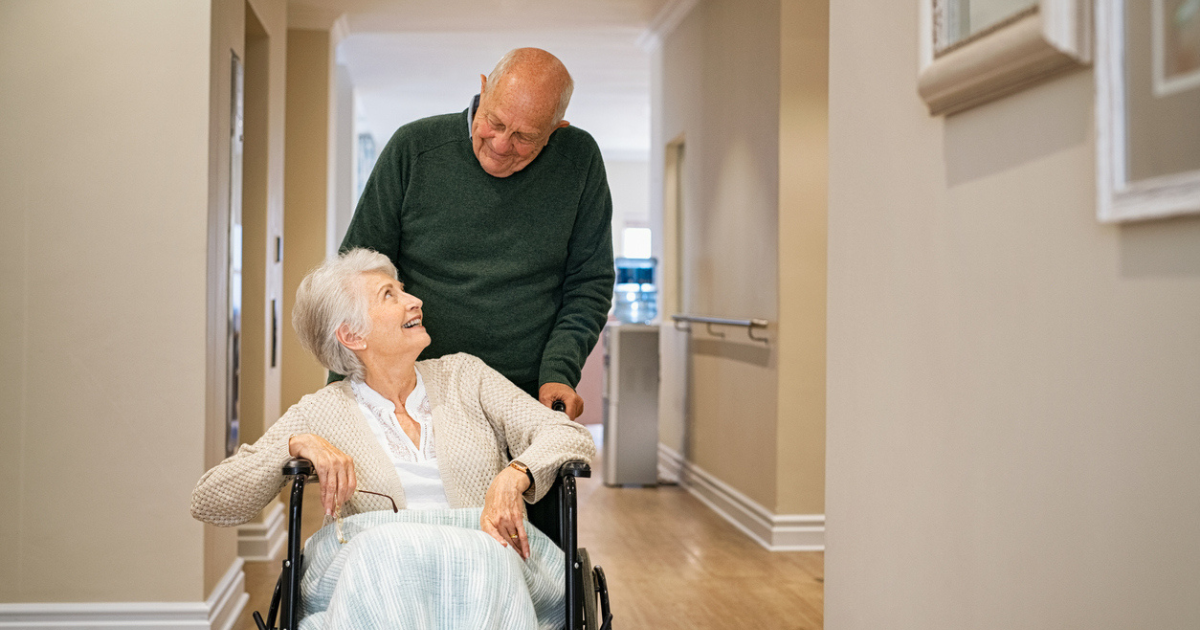
As we age, the comforts and safety of home become more essential than ever. Aging in place offers the benefits of independence, familiarity, and emotional security. In fact, nearly 90% of adults over 65 express a desire to stay in their homes as they age.
However, aging comes with changes that make traditional home designs less accommodating. From decreased mobility to the increased risk of falls, seniors face challenges that demand adjustments to their living spaces.
Understanding Aging
As we age, our bodies and needs change, affecting how we interact with our homes. Understanding these shifts will help create spaces that support safety, comfort, and independence.
Let us break it down into two main areas: physical changes and emotional needs.
Physical Changes
- Decreased mobility and strength: Climbing stairs or reaching high shelves becomes challenging. Even small steps or uneven surfaces create barriers.
- Vision and hearing impairments: Aging typically leads to reduced vision or difficulty hearing. Poor lighting, glare, or hard-to-hear doorbells and alarms make navigating the home harder and less safe.
- Increased risk of falls: Slippery floors, loose rugs, and cluttered spaces pose serious hazards. Falls are a leading cause of injury in older adults, making prevention a priority.
Emotional and Social Needs
- Desire for independence: Homes that support independence allow for greater confidence and self-esteem.
- Importance of comfort and familiarity: Spaces filled with personal touches and memories promote well-being and happiness.
Impact on Home Design
Aging-related changes require thoughtful adjustments to make homes accessible, safe, and user-friendly.
- Accessibility: Features like wider doorways, step-free entryways, and lever-style handles make movement easier.
- Safety: Non-slip flooring, handrails, and better lighting reduce the risk of falls and other injuries.
- Usability: Adjustments like easy-to-reach storage and simple technology keep seniors comfortably using their spaces.
By addressing these physical and emotional changes, home design evolves into a supportive environment that meets the needs of aging individuals.
Considerations Aging in Place at Home
Planning ahead and making thoughtful decisions keeps the home adaptable to changing needs. Here is what to consider.
1. Assess a Homes Readiness for Aging in Place
Start by evaluating the home to identify areas that need improvement for safety and accessibility.
- Are entryways and hallways wide enough for wheelchairs or walkers?
- Does the bathroom have safety features like grab bars or non-slip flooring?
- Is the home equipped with adequate lighting, especially in high-traffic areas?
- Are storage and daily essentials easily accessible without bending or reaching?
2. Budget for Home Modifications
Making a home suitable for aging in place can involve significant expenses, but there are resources to help manage costs. Financial options to consider are:
- Government programs: Federal and state programs (like Medicaid waivers or HUD grants) may provide financial assistance for accessibility improvements.
- Grants for seniors: Organizations like Rebuilding Together or local nonprofits often offer grants for aging-related home modifications.
- Financing options: Home equity loans, reverse mortgages, or personal loans can help families cover costs while spreading payments over time.
3. Engage Professionals
Working with experts makes sure that modifications are done safely, efficiently, and with long-term needs in mind.
- Designers: Universal design specialists will create plans that balance safety, accessibility, and aesthetics.
- Contractors: Contractors familiar with aging-in-place renovations can make changes like adding ramps, stairlifts, or walk-in showers.
- Senior living consultants: These experts help align home modifications with current and future needs and navigate financial and community resources.
Read Aging in Place: 6 Questions to Consider for a deeper understanding of these considerations.

The Three Stages of Old Age and Their Design Impact
As we journey through the stages of old age, our needs evolve, impacting how we use and navigate our homes.
Stage 1: Early Old Age (65–74 years)
Characteristics:
- An active lifestyle with few health limitations.
- A focus on convenience and maintaining independence.
- Increasing interest in preventative measures for future needs.
Home Design Needs:
- Open layouts: Clear pathways and minimal obstructions make movement more comfortable.
- Smart home technology: Automated lighting, voice-activated assistants, and remote security systems increase convenience and safety.
- Accessible entryways: Step-free entrances and wider doorways make entering and exiting the home easier, even with mobility aids.
- Fall prevention measures: Incorporate slip-resistant flooring and check that all walkways are well-lit.
Stage 2: Middle Old Age (75–84 years)
Characteristics:
- Gradual decline in strength and mobility.
- Increased health concerns may require medical equipment or home modifications.
- The desire for continued independence but with additional support.
Home Design Needs:
- Bathroom modifications: Add grab bars near toilets and showers and install walk-in showers with non-slip surfaces.
- Kitchen redesign: Pull-out shelves, D-shaped handles, and lower counters allow easier access to essentials.
- Enhanced lighting: Layered lighting solutions, including task lighting in work areas and motion-activated nightlights, improve visibility and prevent accidents.
Stage 3: Late Old Age (85+ years)
Characteristics:
- Limited mobility and increased reliance on caregivers.
- Potential cognitive decline requiring additional safety measures.
- Need for immediate access to essentials and simplified environments.
Home Design Needs:
- Wheelchair-accessible features: Incorporate wider doorways, ramps, and roll-under sinks to accommodate mobility aids.
- Main floor living: If possible, move essential living spaces such as the bedroom and bathroom to the main floor to minimize the need for stairs. For homes where this is not possible, consider installing a stair lift or creating safe, well-lit pathways to these areas.
- Monitoring systems: Install emergency response systems, motion detectors, and cameras to provide peace of mind for both residents and caregivers.
- Simplified layouts: Declutter spaces and reduce visual distractions to create a calming, navigable environment.
By adapting home designs to match the unique needs of each stage of old age, we create environments that support seniors' independence.
Check out our Aging in Place: A Room-by-Room Guide for more on home modifications.

The Role of Home Healthcare Services in Aging in Place
Aging in place is not just about having the right home design but also the right support. Home healthcare services are vital in helping seniors remain in their homes safely, comfortably, and with dignity.
Supportive Services
Companies like Keystone Health provide essential home healthcare services tailored to the needs of aging individuals. These services increase the quality of life and help seniors maintain their independence.
Services include:
- Medical support at home: Regular health check-ups, medication management, and chronic disease monitoring to address medical concerns without needing frequent trips to a clinic.
- Assistance with daily living: Help with tasks like bathing, dressing, and meal preparation so seniors continue their routines comfortably and safely.
- Therapeutic services: Occupational and physical therapy delivered at home helps maintain mobility, reduce fall risks, and improve overall well-being.
Combining Healthcare Services With Proper Home Design
The most effective aging-in-place strategies merge professional healthcare services with thoughtful home design. This combination matters because it provides:
- Proactive safety measures: A well-designed home minimizes risks like falls, while home healthcare professionals monitor and address health issues early.
- Improved accessibility: Features like ramps or wider doorways make assisting seniors easier for caregivers and healthcare providers.
- Holistic support: Home design focuses on physical ease and comfort, while healthcare services provide the emotional and medical care needed for long-term aging in place.
By integrating home healthcare services with aging-in-place design, seniors enjoy a higher quality of life while remaining in the comfort of their own homes.
Keystone Healths expertise in providing compassionate, in-home support makes this balance achievable by providing safety, health, and peace of mind for seniors and their families.
Creating Safe and Supportive Spaces for Aging in Place
By addressing the physical and emotional shifts that occur during the three stages of old age, seniors can maintain their independence and live at home for years to come.
Now is the time to evaluate your loved ones home or your own, plan for future needs, and partner with experts who will guide the process. Together, we can ensure that aging in place remains a safe and dignified choice for everyone.
